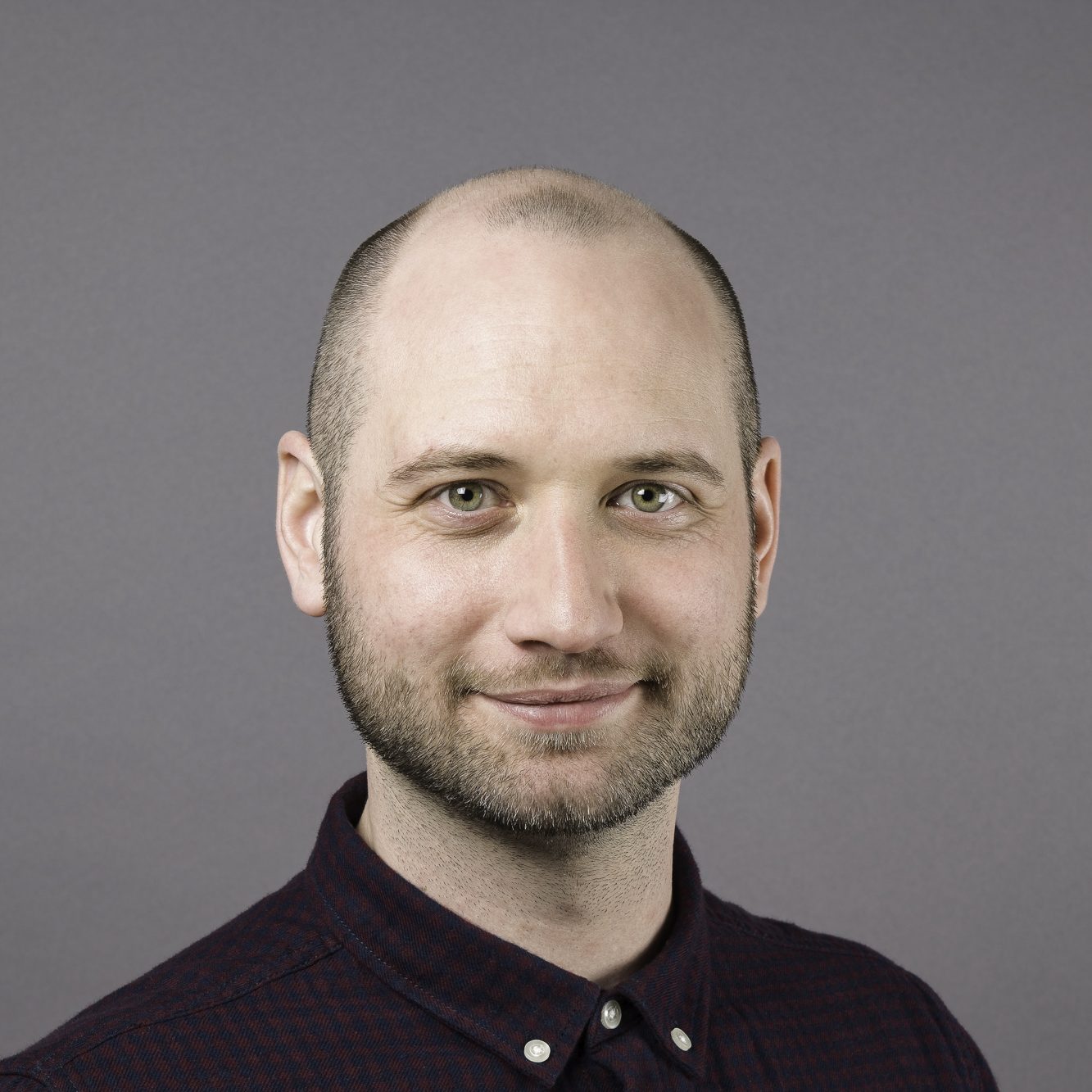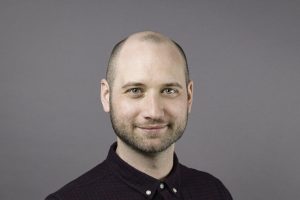Publications are the essence of scientific knowledge transfer (although to my delight open data and open source contributions are closing in on the relevance scale). I will comment on some presentations and articles I was involved with, and which I think represent important contributions during my time.
A relatively complete collection may be obtained from these platforms:
In 2013, I received my diploma degree in computer engineering (comparable to M.Sc.) with a thesis on distributed computation of room acoustics simulations for the application of real-time auralization. In the progress, I was involved with the contribution at the EAA Joint Symposium on Auralization and Ambisonics 2014 in Berlin, Germany, where my supervisor at that time, Frank Wefers, presented the results under the title Interactive Acoustic Virtual Environments Using Distributed Room Acoustic Simulations. The content was concerned with the separate simulation of direct sound, early reflections and late reverberation on a compute cluster using hybrid parallelisation (OpenMP and MPI) for real-time room acoustics auralisation. In my eyes, this paper is the first work worthwile mentioning, although I was only co-author along with Sönke Pelzer as a room acoustics simulation expert and Professor Michael Vorländer as the chair of the institute.
About a year after the engagement at ITA, I published a minor impact paper in the conference proceedings of the DAGA 2016 in Aachen, the German acoustics national conference (DEGA e.V.), with the title Bestimmung von Beugungsparametern für die Echtzeit-Auralisierung in urbanen Räumen (Determination of diffraction parameters for real-time auralisation in urban environments). I formulated the first ideas of a fast deterministic geometrical algorithm to find high-order diffraction propagation paths and connect a sound source and a sound receiver in a complex environment that requires more than one or two diffractions. The approach maintains the angle constraint for incoming and outgoing wavefront directions at each edge and leads to the path with shortest Euclidean distance via a sequence of edges (applying various laws formulated by Keller, Snell, Heygens, Fresnel and Fermat). The novelty can be seen in the successive rotation-based projection of source/receiver location into planes of the diffracting wedge representations in order to avoid the costly solution of a matrix inversion and determine the tansformed paths in a two-dimensional space. The result can be used to employ established diffraction algorithms, like the rudimentary attenuation function described by Maekawa, to estimate sound transmission reduction induced by occluders (convex objects), which was the main objective at that time.
The same topic was later discussed in a presentation held in Boston during the ASA Meeting 2017 titled Geometry-based diffraction auralization for real-time applications in environmental noise. The talk focussed on the feasibility of individual propagation paths processing in Virtual Acoustic Envionments mentioning a new DSP layout including a singe-input multiple-output variable delay line. Instead of regarding acoustic transmission as a combined steady-state transfer function or impulse response, the approach concentrates on the requirement to apply highly efficient time-variant signal processing for real-time auralisation purposes with an application for interactive and dynamic outdoor sound rendering including fast-moving objects (i.e. applying Doppler-shifts for each propagation path / incident wavefront at the receiver). A binaural direction-clustering routine with a quasi-constant HRIR convolution load and individual ITD correction per incident wavefront concludes the DSP network, however was not mentioned then.
During an interdisciplinary project, among others, I worked with Bastian Paas from the Physical Geography institute. After the project ended, we kept on pursuing the inter-connection of noise and particulate matter distribution in urban areas, a research field that combined our disziplines in a promising way. For his cummulative dissertation, Basti investigated evaluation approaches that resulted in an Environments paper with the title Modelling of Urban Near-Road Atmospheric PM Concentrations Using an Artificial Neural Network Approach with Acoustic Data Input (Open Access). As co-author, I conducted measurements and provided the evaluation and preparation for the input of the ANNs. This cooperation was very exciting for me, although it was a bit off-topic concerning my ambitions towards Virtual Reality.
The most important publication is published with Acta Acustica under the title The Image Edge Model (OpenAccess). It was the outcome of a master thesis conducted by Armin Erraji. It covers an efficient solution to the problem of a geometrical pathfinder algorithm that handles arbitrary combinations of reflections and diffractions in a coherent mesh-based virtual environment. As with the rotation-based approach, the shortest path via diffraction edges in terms of the Euclidean distance metric is found. The diffraction solution avoids the costly (full) matrix inversion by approximating a non-linear denominator in the equation system by linear approximation and a substitution to simplify the equation system to a forward-insertion solution. Additionally, it introduces image edges to integrate specular reflections and exploits the distance and angle-preserving property of a Euclidean transform to make diffraction apex points in the mirrored space directly applicable. The result can be used to employ established diffraction algorithms, like the complex-valued attenuation function of the Uniform Theory of Diffraction, to estimate sound transmission with the benefit of a continuous sound field even at geometrical boundaries where direct sound and reflections abruptly appear or disappear – a feature that is highly relevant for perceptually comprehensive (real-time) auralisation of dynamic scenarios with fast-moving source.
A side project that was quite interesting was the investigation of time-variant (dynamic) directivities for a talking avatar in Virtual Reality. By an audio-visual user study in the aixCAVE it was investigated, in how far the processing of phoneme-dependent directivities influences the perceived experience. Technically it was required to generate directivity datasets for different phonemes using vocal tract models and physics-based (BEM) simulation. Further, the renderer of the real-time auralisation applications (using VA) was linked to the speech track of the conversational agent and, depending on the phonemes, directivities were switched – partly multiple times at fractions of a second. The details of the study is summarised in the conference paper Evaluating the Influence of Phoneme-Dependent Dynamic Speaker Directivity of Embodied Conversational Agents‘ Speech (Abstract) presented at IVA 2020 by my colleague Jonathan Ehret from the VR group at RWTH’s computer science department. Especially the second part that was directly testing the user’s ability to distinguish between the variants no directivity, static dataset and phoneme-dependent dataset indicated that the additional effort of a time-variant speaker directivity can be saved in interactive environments due to the relatively small variation in the phoneme directivity spectra.
My dissertation covers both pathfinder algorithms as well as diffraction models for auralisation purposes and a real-time capable DSP network with simulation scheduling and distributed backends for Virtual Reality applications. It has been published 2023 as a contribution to the Aachener Beiträge zur Akustik, Bd. 39, from the Logos Verlag Berlin GmbH under the title Real-time Auralisation of Outdoor Sound Propagation with Open Access license. I am also hosting the PDF, the sources including latex files, images, scripts etc., and the presentation slides from the acoustic colloquium prior to the PhD defense in July 2022 (under my copyright, password is ita2022).

